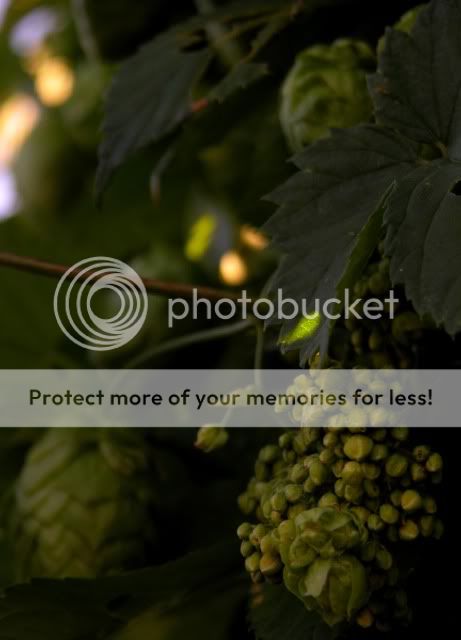Morbeer
Active Member
Hi folks,
I'm going to stick to the extract kits for now but, there are 2 varities of wild hops that grow here and I'm wondering if I can use them to brew this fall. If I can, how would a person go about harvesting and storing them? Do you have to treat them in anyway to remove any wild yeasts etc?
I am very much a nOOb to brewing, but if these hops turn out to be good, well I'm a damn good gardener and I might have to start a few in the back yard.
Thanks

I'm going to stick to the extract kits for now but, there are 2 varities of wild hops that grow here and I'm wondering if I can use them to brew this fall. If I can, how would a person go about harvesting and storing them? Do you have to treat them in anyway to remove any wild yeasts etc?
I am very much a nOOb to brewing, but if these hops turn out to be good, well I'm a damn good gardener and I might have to start a few in the back yard.

Thanks




